Philosophically, and very personally this is an important word for me, more than I even understood. OVERLOOK. You will sometimes see signs that beckon you to pull over, for there is an incredible view coming up behind the trees blocking your vision. Overlooks give us that opportunity, but you must stop to see them. 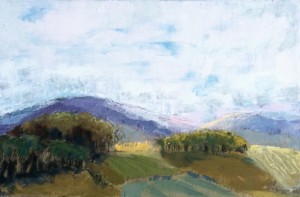 I have been enchanted by the big overlook for a long, long time; am coming to see reasons why in ways that are deeply satisfying and spiritually stretching. I remember a lecture I heard over 40 years ago about the Hebrew prophet Isaiah. He was a visionary who was given vistas to verbalize that were greater than he felt he could capture. He was a big picture guy. His words skip over the peaks of time, they run ahead, then linger back with comfort, and other times with terrible disruption. Time conflates in Isaiah’s visions. Assurances are way, way beyond him but he sees it! He scribes what he is given with his own unique voice.
I have been enchanted by the big overlook for a long, long time; am coming to see reasons why in ways that are deeply satisfying and spiritually stretching. I remember a lecture I heard over 40 years ago about the Hebrew prophet Isaiah. He was a visionary who was given vistas to verbalize that were greater than he felt he could capture. He was a big picture guy. His words skip over the peaks of time, they run ahead, then linger back with comfort, and other times with terrible disruption. Time conflates in Isaiah’s visions. Assurances are way, way beyond him but he sees it! He scribes what he is given with his own unique voice.
I read just this morning this wonderful bit from chapter 26: “Lord, Thou wilt establish peace for us, since Thou hast also preformed for us all our works.” It is already done, according to Isaiah, even as it is yet to be done.
Also I saw this morning this wonderful statement from the wise thinker, Ravi Zacharias: “Enchantment needs a mind, and the emotions are given as a wellspring” he said this as he too was contemplating beauty and wonder. To be enchanted, especially in the times we’re living in, one must exercise the mind with true vision. Unlike my spider (last post) I have some equipment (a mind, emotions and a will) that give me the possibility of seeing and sharing wonder! We have to stand back from the messy things (some really awful things) however, and take the longer view in. I recommend Isaiah (but he is not for the feint of heart!). Or just open your own eyes with some humility. There is reason for expectation for there really is a daily vista right in front of every one of us. Oh, for eyes to see! And for skill to get it down.
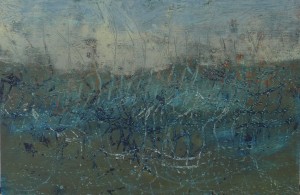
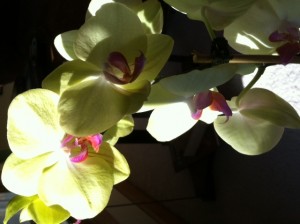
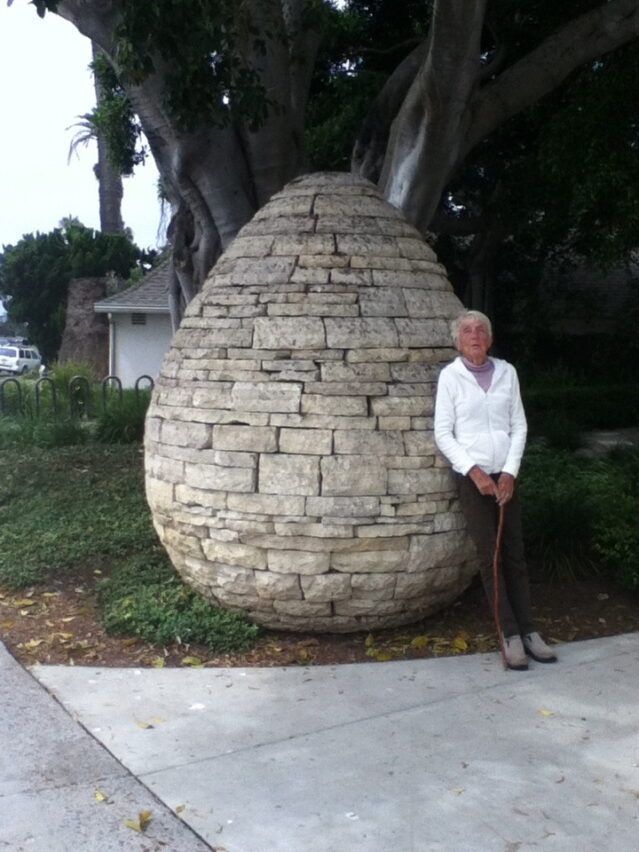
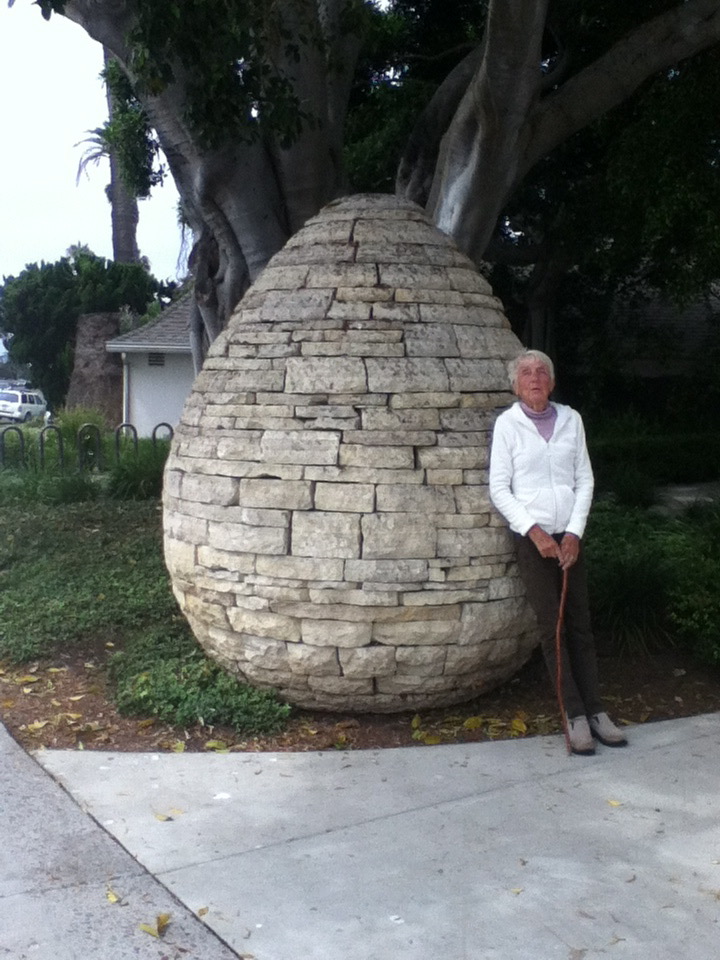
 I don’t think it is a very pretty piece, and therefore, to me, it is all the more true.
I don’t think it is a very pretty piece, and therefore, to me, it is all the more true.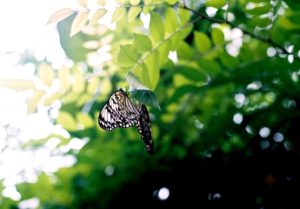 “Estranged from Beauty-none can be-
“Estranged from Beauty-none can be-